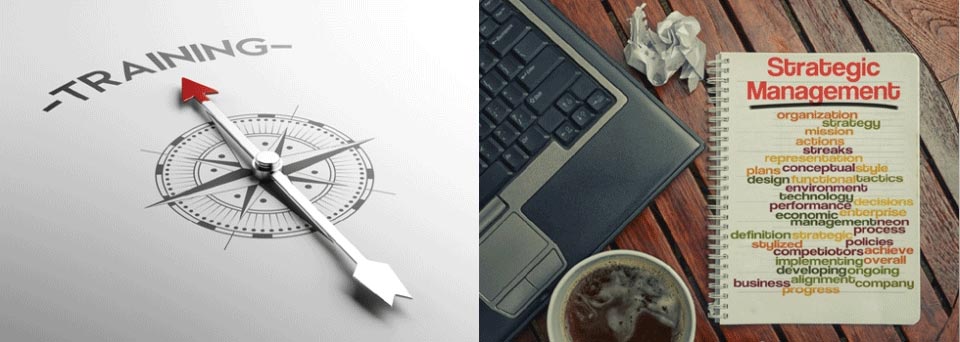Date: 29th April, 2015-ASSOCHAM National Summit on IT & Mobile Banking
Venue: Hotel Shangri-La
Date: 29th April, 2015
Attendee: Mr. Aritro Dasgupta
This summit organized by ASSOCHAM was intended to be a forum for leaders and representatives from various related industry groups and academia to discuss on the present scenario and future trends expected in the line of mobile banking. The extent of IT usage in the same was also debated at the forum. This write-up will explore the discussions which took place and steps suggested by panel members to execute the same.
Inaugural Session
This session consisted of 9 panel members. The panel members were as follows:
|
S. No. |
Name |
Designation |
Organization |
Session Role |
|
1 |
Mr. P Balaji |
Director |
Regulatory & External Affairs, Vodafone India |
Welcome Address&Opening Remarks |
|
2 |
Mr. Hemant Jhajhria |
Partner |
PwC |
Address by Knowledge Partner |
|
3 |
Mr. Piyush N Singh |
MD- Financial Services |
Accenture India |
Technical Address |
|
4 |
Mr. Govindarajan Parthasarathy |
CEO |
Airtel Money |
Industry Address |
|
5 |
Ms. S M Swathi |
ED |
Bhartiya Mahila Bank |
Bankers’ Address |
|
6 |
Mr. R K Gupta |
ED |
Bank of Maharashtra |
Industry Address |
|
7 |
Mr. Suresh Sethi |
Business Head- M pesa |
Vodafone India |
Keynote Address |
|
8 |
Dr. Rahul Khullar |
Chairman |
TRAI |
Chief Guest |
|
9 |
Mr. D S Rawat |
Secretary General |
ASSOCHAM |
Vote of Thanks |
Mr. P Balaji
As the speaker to deliver the welcome address, Mr. Balaji set the tone and agenda for the day’s happenings. He laid out the major points on which to discuss namely mobile banking and use of IT within this domain. He also spoke about some innovations in this stream like TenPay, RuPay & V-Chat which have revolutionized the world of formal banking.
Mr. Hemant Jhajhria
This speaker delivered a thoroughly technical session backed up by facts and figures which only industry insiders can well know of. Mr. Jhajhria spoke about the east African country of Kenya where Vodafone has done extensive work and where mobile banking in the opinion of the speaker is at an advanced stage of evolution than in India. He says that M pesa alone was responsible for 66% of the payments to Vodafone in Kenya. With an under developed country like Kenya doing so well on this front, it was time for India to step up their efforts in this modern line of service. He also spoke about how NBFCs have changed the way banking is done in India as they have professionalized a lot of work which was previously managed by barely semi-professional teams not exploring a bottom line. Even microfinance has grown in leaps and bounds in the country and it is now much easier to establish such firms following the tight controls that were put in place during the immediate post-recession era.
The speaker then moved on to the topic of the Pradhan Mantri Jan Dhan Yojana (PMJDY). This is a scheme launched by the central government under which as many members as possible are to be added to the fold of formal banking from informal especially among rural people and urban poor. The IMPS (Immediate Payment System) on instant bank transactions using the mobile phone device has also been extremely effective in rural India. The reasons for success include both improvements in prosperity levels as well as increased penetration by formal banking channels. A new insurance scheme on labour link and accident overage has also been introduced. There is even talk of introducing digi-lockers for users.
The speaker also spoke about the ease of opening bank accounts. With new legislations and easing up norms on producing of identity cards, it has become much easier for migrant labourers to open formal banking accounts. He added that MFIs & NBFCs have now been allocated status of consultants and thus they can now serve as business agents to previously financially excluded class.
Finally the speaker added how while developing mobile apps or mobile websites for financial services firms or banks, the visuals need to be kept in mind. Visual presentation plays a big part in impressing upon the rural poor as they are often functionally illiterate. He spoke about the African telecom operator Safaricom’s M Shwari service as a prime example of how visual aesthetics can make a major difference in this line.
Mr. Piyush N Singh
This speaker started his talk by conducting a straw poll. He asked the audience as to how many had used their mobile devises so far in the day for non- work related matters for more than 20 minutes’ duration. Then he asked how many use apps such as Bookmyshow and Redbus on a frequent basis. Due to the fairly healthy response to both the answers, he explained that these are not just proof of smart phone penetration and usage but indeed transactions of money. Mr. Singh says that now we as customers are confident of transacting fairly large sums of money with entities which we do not know personally but due to a system we trust. This was not the case even a few years back in India but growing at a fast pace.
Mr. Govindarajan Parthasarathy
This speaker began his session by providing a fact which reflects the harsh reality of business in India. 90% of transactions even today are by cash. In fact a large percentage of population does not trust paper or plastic transactions as they prefer the touch & feel of traditional transaction models. The speaker however mentioned that every month in India, on average 6-8 million smart phone sets get sold off and thus the lure of plastic transactions can only increase.
Ms. S M Swathi
The speaker spoke about how when 30 years back her present bank was founded, she was among a handful of employees and every single transaction took place manually. Even ledgers were maintained by pure manual method. Even during interaction with customers, each customer took a long time and instant service was never heard of. But now due to computerized banking, transactions had speeded up to such an extent there are facilities for loans to be approved in less than a minute! She recollected how initially when computers were introduced to the banking world, there was major opposition as employees felt threatened about job loss. She feels the governments deserve credits as successive regimes all promoted computerized banking and today the revolution is on the cusp of completing a 360 degree movement. In particular the remittance management facility has done wonders for money transfers among Indian customers.
Mr. R K Gupta
Mr. Gupta feels that banks should look at mobile banking from the perspective of cost saving rather than revenue generation. They cost a trifle compared to other models as figures of mobile banking stand at 2% of branch banking, 105 of ATMs and 50% of internet banking. Even this speaker alluded to the concept of instant loans being available now. He went one step further by even mentioning loan disbursement and not just approval which all takes place in less than a minute. Wearable technology deliverables like digital wallets have maximum potential. There is also the issue of cyber-attacks which are a risk in this business and that has to be authenticated. Sending alerts for authentication, digital signatures and capture of IP addresses during large transactions are ways that have been suggested and even implemented on pilot basis to reduce risks of cyber-attacks. Also concepts like Big Data and Cloud Computing are changing this business in a way beyond usual grasp. The sheer amount of data retrieved per day and the amount of processing space available over the cloud addresses certain challenges as well as opportunities for mobile banking. Yet last mile connectivity to the unbanked still has a long way to go.
Mr. Suresh Sethi
Mr. Sethi introduced us to the term- Digical- which stands for digital and physical, thus a combination of the two words. The digital world of banking does not exist in isolation but indeed side by side the physical. He spoke about how the Aadhar Card has helped in formalizing a lot of the banking system. He then spoke about a so called JAM trinity which involved- Jan dhan yojana, Aadhar card and the Mobile phone. The speaker feels that this trinity can prove to be the core of a lot of banking solutions over the upcoming years.
Dr. Rahul Khullar
The speaker introduced himself as someone who has always spoken the truth at forums as well as with colleagues. He thus bluntly put the present situation in many ways as a sham. He spoke about how industry representatives have been hyping up mobile banking as a euphemism for inclusive banking whereas in reality that is not. There are villages in India where there is absolutely no penetration of the internet and very limited electricity connection and in fact people were struggling for basic amenities of survival. The percentage of such villages in India is unfortunately substantial. In such places mobile banking or internet banking have little to no scope and it is this non bankable population that ash to be address if banking is to go inclusive. Traditionally banks were only in the big cities as the massive costs could not be met in Tier 3 onwards cities. Now ATMs have positively revolutionized the system. Dr. Khullar hopes a similar revolution is on the cards to make rural India a more banked society than present.
Mr. D S Rawat
As this speaker was responsible for the vote of thanks, he acknowledged the delegates on the dais and their contributions to the session. He spoke about how ASSOCHAM will forward a lot of these suggestions ahead to the concerned government departments and industry bodies to take action.
This session was followed by a round of Networking High Tea.
Technical Session 1 – “Mobile Revolution in Banking: Moving towards Financial Inclusion”
This session consisted of 6 panel members. The panel members were as follows:
|
S. No. |
Name |
Designation |
Organization |
Session Role |
|
1 |
Dr. Alok Pande |
Director |
Department of Financial Services, MoF |
Special Address |
|
2 |
Mr. Suresh Sethi |
Business Head- M pesa |
Vodafone India |
Session Chairman |
|
3 |
Mr. Govindarajan Parthasarathy |
CEO |
Airtel Money |
Industry Perspective |
|
4 |
Mr. Anand Bajaj |
President |
YES Bank |
Industry Perspective |
|
5 |
Ms. Shinjini Kumar |
Partner |
PwC |
Industry Perspective |
|
6 |
Mr. Sanjay Kumar |
DGM- VAS |
BSNL |
Industry Perspective |
The major points discussed during this session were as follows:
- The legal framework of mobile banking is highly complex with a web of rules governing transactions. Due to the interconnected nature of the virtual world extra care needs to be taken, yet the legal environment is quite lax. Also a lot of norms followed are arbitrary with many actually followers not aware of proper systems. For example if cheques get dishonoured, it is not quite clear to most users and implementers, where the lost FIR must be filed at – at the user’s location or the receiver’s.
- A fear that has gripped banks in the age of mobile banking is whether phone companies will someday become powerful enough to become proxy banks themselves and call all the shots. This is a grey area that the industry as well as the regulators need to look into create a basic structure.
- The example of the country Mexico was taken. It is a country with similar per capita income levels to India and quite a large spread of population. In Mexico, it was initially feared that if banks need to spread far and wide as the government was directing them to, the returns will thin out leading to a massive downward churn. This is when banks all went to the internet or mobile technologies. Now Mexico is among the developing countries with a better network of mobile banking connect.
This session was soon followed by mementos handed out to all the dignitaries. Then the delegates all enjoyed the Networking Lunch.
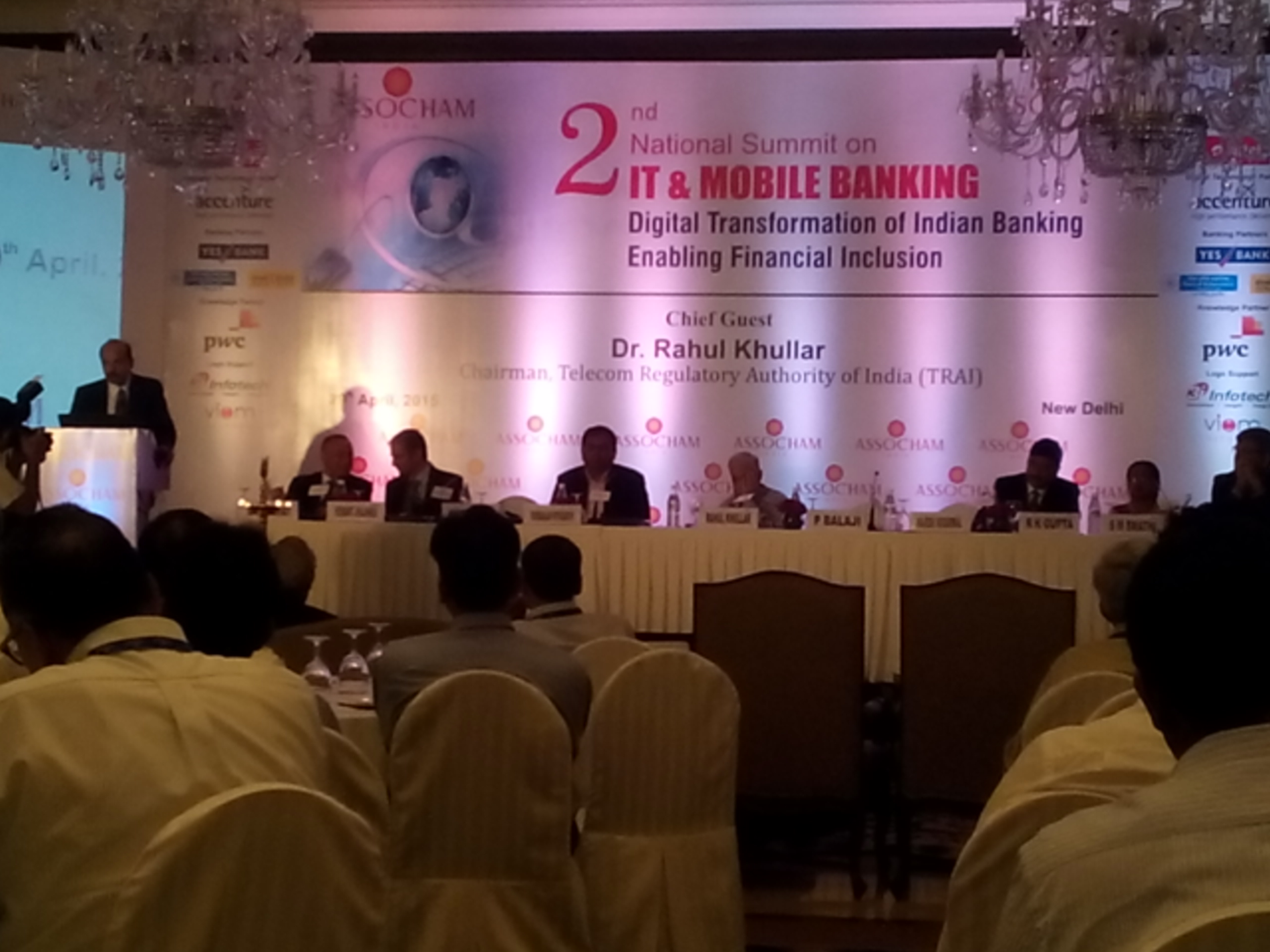
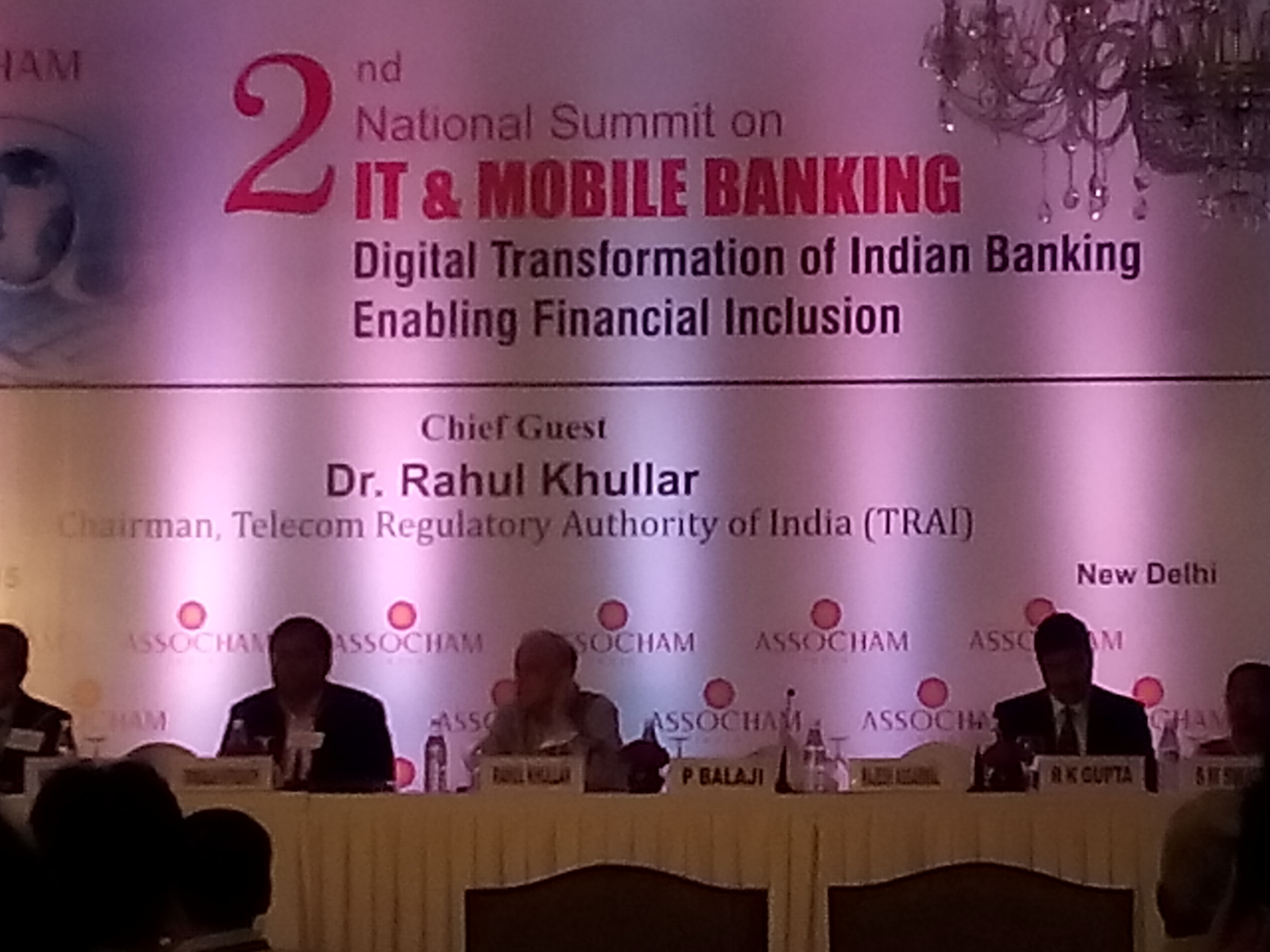
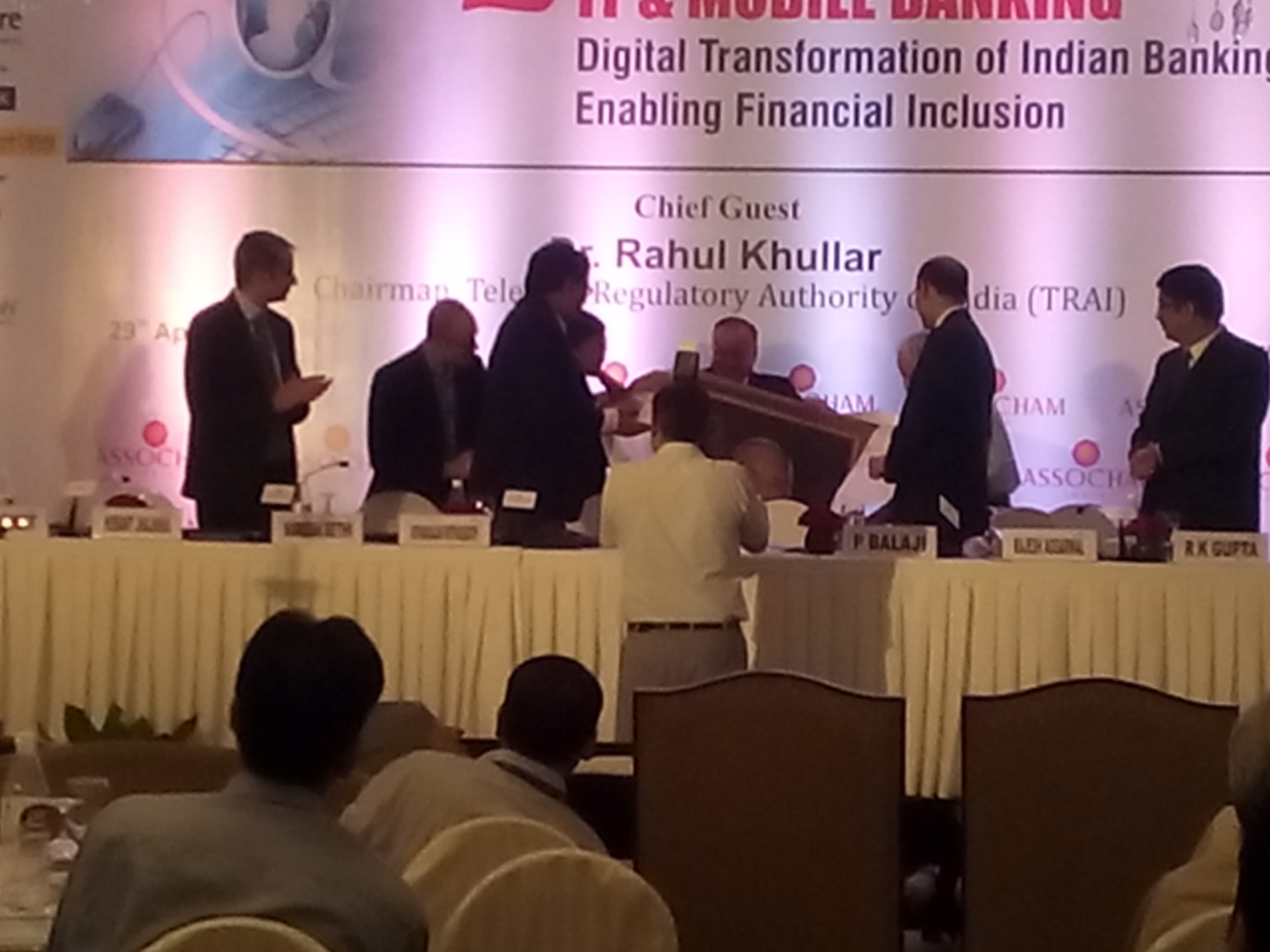
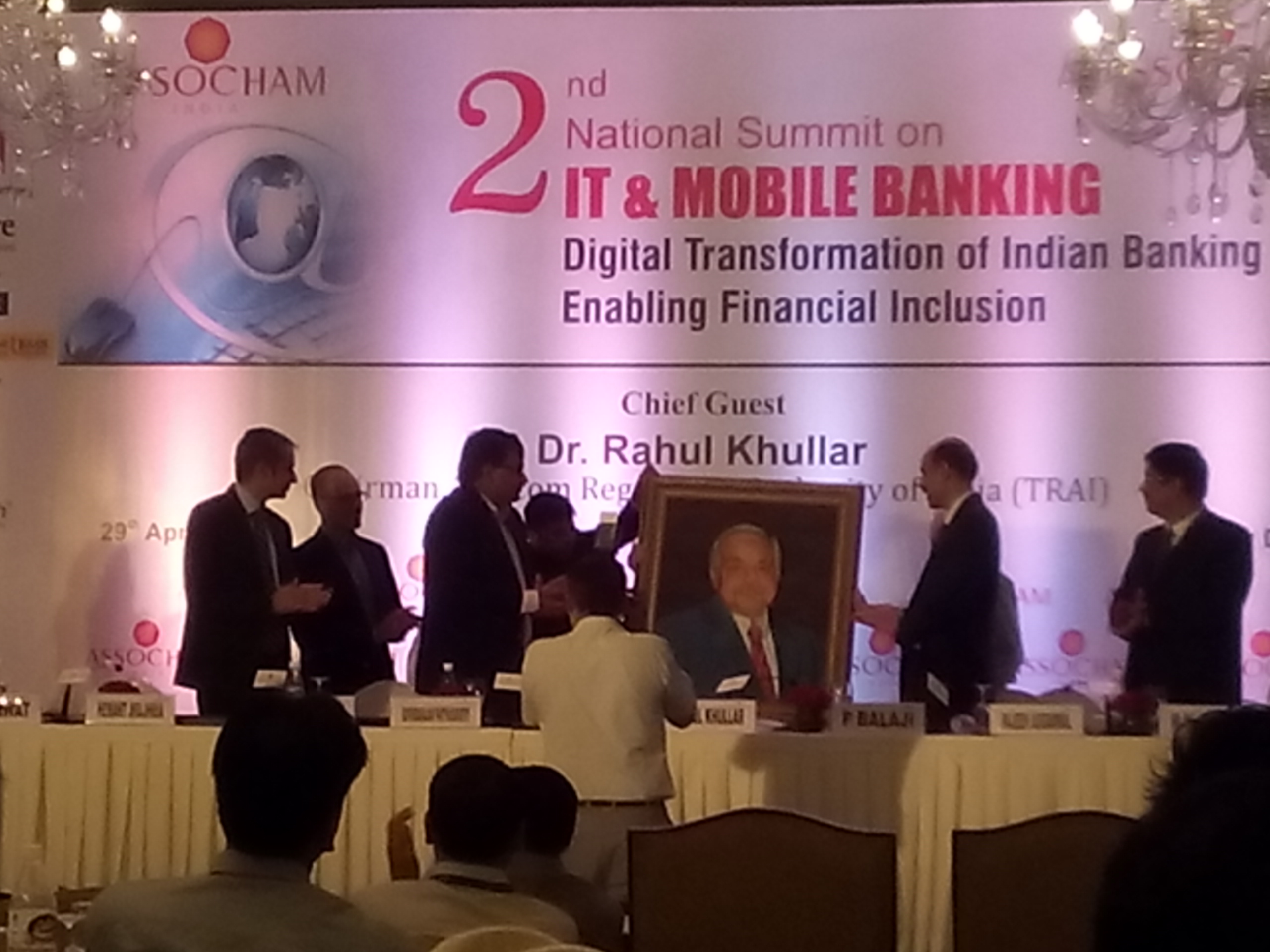
[csblink]

